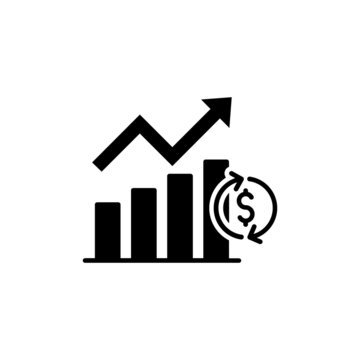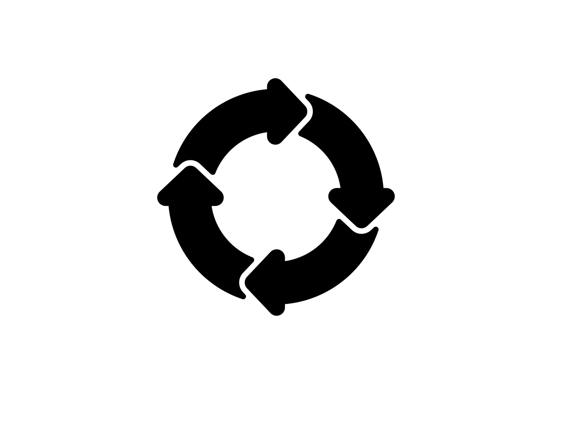How can I improve response rates for my surveys? A question that any individual who launches a survey has. One of the key levers available to drive higher response rates is by using incentivization. Incentivization when prudently used with in-product surveys offers a powerful channel to collect fast and accurate customer feedback. Below we share some thoughts on how incentivization can be effectively used with in-product surveys.
Offer users the ‘chance to win’ a reward by participating in a survey
- ‘Participate in a 2 min survey and stand a chance to win 100 loyalty points’, ‘First 500 respondents stand a chance to win 3 months free subscription’. An introductory message that creates a ‘false sense of urgency’ among users, is an effective way to drive more participation. It is also cost-effective as compared to offering each user an incentive pay-out. This approach can be even more effective if the company has a well-established loyalty program
- This approach can also be very effective to solicit responses from unregistered users who have landed on you website/app. Companies spend large amounts on in-bound marketing channels like social media ads, TV ads, podcasts etc to direct customers to their product. The unregistered user traffic hitting your landing page offers a gold mine to better understand the market needs. But this channel for feedback is seldom adequately targeted. Targeted, in-context questions like ‘How do you find our pricing’, ‘Where did you hear about us’, ‘What is preventing you from making a purchase’, ‘Did you find what you were looking for’, ‘Do you have previous experience in a similar product’, and many more, can provide deep insights to marketing, growth and product teams
Offer users an ‘assured pay-out’ for participating in the surveys
Although this might turn out to be a more expensive option, it is a proven way to get high participation for important and time sensitive surveys. Use of ‘chance to win’ or ‘assured pay-out’ depends on the type of question and the audience from whom the response is being sought. One good example is recruiting users from the in-product audience for concept or usability testing of a product enhancement. A micro-survey can be launched offering an assured pay-out for opting to participate in the panel.
Junk response filtration
If you are offering an incentive to drive participation in your surveys, you obviously want to have checks to make sure that users are actually expending effort to sincerely answer the questions. An easy but effective way to track users who are just looking for earning a quick buck without expending adequate effort on responses, is to track ‘time to complete’ i.e. the amount of time a user takes to complete the survey. E.g. – if a user has responded to a 4-question incentivized survey in 3 secs, the response is likely junk
Click here for a sample of an incentivized survey
For a solution to run effective incentivized in-product surveys, it needs to have the following features
- The right survey format – An introductory card presenting the incentive for taking the survey, the actual survey questions, an exit card stating when the incentive with be credited to the user
- Accurate status tracking to correctly track which users have ‘completed’ the survey as desired to qualify for the incentive
- Junk response filtration to ensure there is no abuse of the incentive being offered
- Integration with loyalty and CRM systems to communicate incentive pay-outs due in an accurate and timely manner

To learn more about how to run effective incentivized surveys, book a demo with the Babble team.


